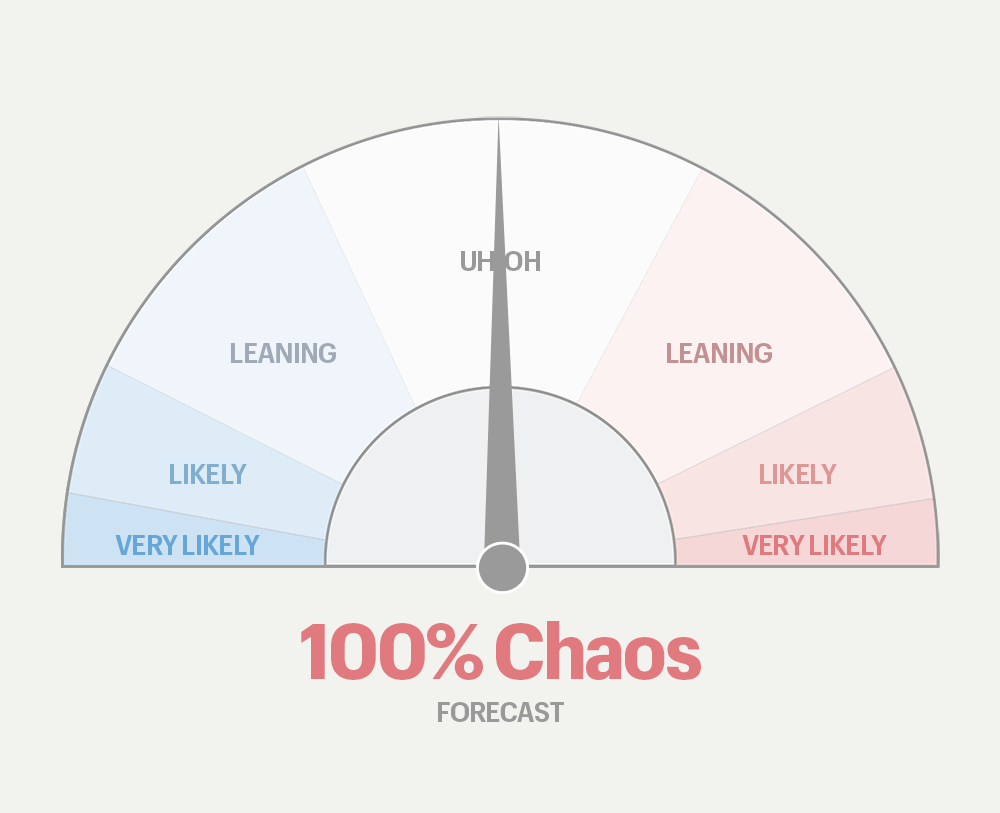
We have made no secret on our distaste for the “mayoral” style of local government systems. They put enormous amounts of power in the hands of one person. That looked wrong even in at best of times.
Now the governments apparent determination to move ahead quickly with another reorganisation of Local Government in York and North Yorkshire, in the middle of a pandemic, looks to be at the extreme end of irresponsible.
Local government Leaders should be able to devote all of their energises and resources to addressing the health crisis.
Some already look exhausted by the pressures of the crisis.
Reorganisation is an unnecessary distraction which the government should shelve at least until the pandemic, and the outfall from BREXIT, are behind us.
Against that background the York Council and North Yorkshire County Council have prepared a policy proposal which would see the City’s boundaries left as they are. York would still have a – ceremonial – Lord Mayor and local electors would get what they voted for (rather than what their counterparts in Scarborough thought that they should have).
The Council have issued the following statement prior to an Executive discussion next week. The Executive paper is published here: https://democracy.york.gov.uk/ieListDocuments.aspx?MId=12298&x=1
“Council confirms there is no functional, historical or logical reason for merging York
Devolution for York and North Yorkshire and Unitarisation for North Yorkshire
structures and so, unlock the devolution process, City of York Council today (16 October) proposed there is no functional, historical or logical reason to merge York with surrounding rural and coastal areas.
In a report to the Executive, it is proposed that York’s footprint should remain the same, to retain local decision making in York, focus on recovery efforts, avoid significant disruption and cost, and continue to deliver value for money services to residents, businesses and communities.
If agreed, Executive will refer to Full Council on 29 October to decide whether to provide a submission to government that demonstrates York should remain on the existing footprint by providing evidence that there is no functional, historical or logical reason to merge York with other local authorities.
To reduce the 2-tier county and district structures in North Yorkshire, there are only two options being put forward. The first, the council’s preferred option, would mean York remains on its existing footprint and North Yorkshire creates a new single council, serving the whole of North Yorkshire and based on its recognised geography and identity. This would bring together the eight councils currently providing public services there. The second, proposed by the district authorities, is an east/west split that would see York merge with Ryedale, Scarborough and Selby, covering a geography that would stretch 65 miles north/south, and 45 miles east/west.
To achieve greater efficiencies between City of York Council and North Yorkshire County Council, a Strategic Partnership agreement has been created, which describes how seizing opportunities to share resources or lead different aspects of service delivery, whilst respecting the differences between the two places, will better support the region.
There are several benefits of York remaining as a unitary on its existing footprint:
- The speed at which devolution maybe achieved
- The continuity of services at a time critical for Covid recovery
- The continued identify of the City
However, should any change be made to City of York’s existing footprint, there will be a series of detrimental impacts, including
- an anticipated £117 increase for Band D taxpayers in York (representing an 8% increase).
- disruption to services across York and the districts during this crucial recovery period
- end of the 800 year connection between the city and the council, impacting on the very identity of the city.
Over the past few months, consultation has taken place with local residents, businesses and communities regarding devolution and unitarisation, which has been used to feed into the analysis of proposals included in the report. As part of Our Big Conversation, residents have been sending their views on the topic, with 65% of residents believing council services won’t be improved by covering a larger area. As part of the consultation, the Council has also held two devolution focused Facebook Live Q&A’s, and has set up numerous briefing sessions with local businesses, charitable and voluntary groups, and local civic organisations.
The council has not been consulted on the east/west proposal and therefore does not know the detail. As a result it is not possible to accurately assess the impact.
York has a strong case for remaining the same:
- t is a median-sized unitary authority with the 7th lowest level of council tax of any unitary.
- It’s geography (compact urban and sub-urban) is distinctly different to it’s surrounding area (rural and coastal)
- It has maintained financial stability since it was formed in 1996.
- It supports a successful, sustainable city, recognised as one of the best places to live in the UK, with world renowned universities and an education system amongst the best in the country.
York responds to the criteria set by central government
To support Executive make an informed decision, the council has summarised evidence for its case to continue on its existing footprint against the criteria provided by government”.



